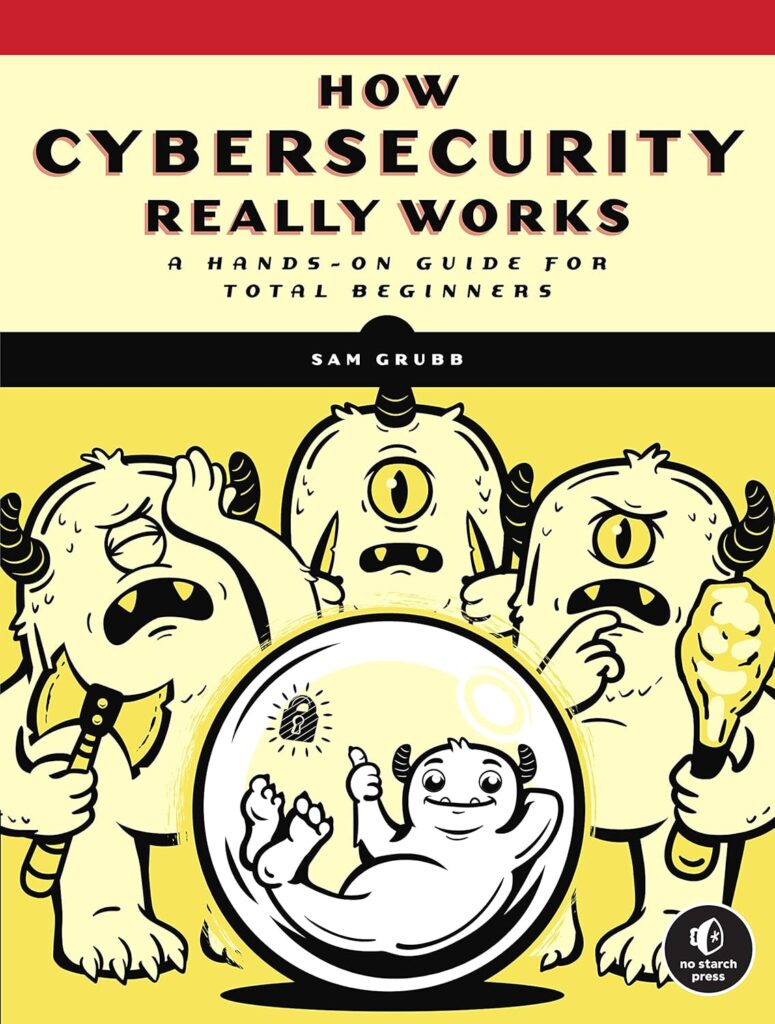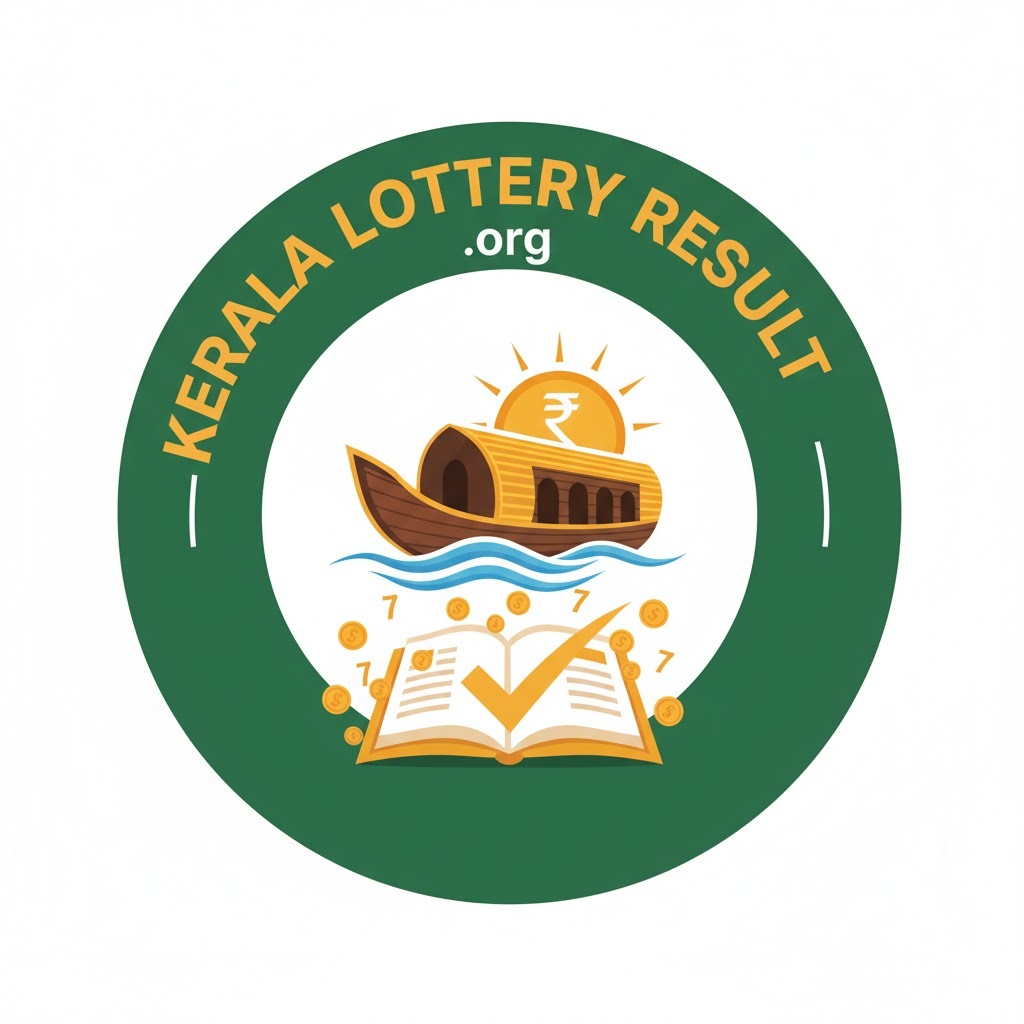Common Probability Misconceptions
Common Probability Misconceptions, Probability is a crucial concept in both mathematics and everyday decision-making.
It provides the tools necessary for predicting outcomes, assessing risks, and making informed choices with confidence.
However, common Probability Misconceptions misunderstandings about probability are prevalent and can lead to poor judgment and misguided decisions in various areas, including gambling, healthcare, and personal finance.
Common Probability Misconceptions
In this article, we’ll explore some of the most common pitfalls in probabilistic reasoning, offering clear explanations and practical examples to help you navigate the often-counterintuitive world of chance.
1. The Gambler’s Fallacy
The Gambler’s Fallacy is a well-known error in probabilistic thinking, where individuals mistakenly believe that past independent events will influence future outcomes.
For example, after flipping a coin and landing on heads five times in a row, many may predict tails on the next flip.
However, each toss is independent, maintaining a 50/50 chance regardless of previous results.
This fallacy can lead to risky bets in gambling games like roulette or even influence perceptions of stock market trends, where one might wrongly assume a downturn must be followed by an upturn.
2. Confusing Probability and Odds
A common source of confusion arises from the difference between probability and odds.
Probability measures how likely an event is to occur, while odds compare favorable outcomes against unfavorable ones.
For instance, when drawing a card from a standard deck, the probability of pulling a red card is 26 out of 52, or 50%. In contrast, the odds are expressed as 1:1, meaning each outcome is equally likely.
Understanding this distinction is vital in fields like sports betting and risk management, as misinterpretations can skew perceptions of risk and reward.
3. Misunderstanding Independent Events
Another frequent mistake involves misinterpreting independent events—believing one outcome can influence another when it cannot.
For example, many think that winning a raffle reduces their chances of winning in subsequent rounds.
In reality, in a fair raffle, every ticket has the same probability of winning each time, regardless of past outcomes.
Recognizing when events are truly independent fosters objective decision-making and prevents misinterpretations of patterns that don’t exist.
4. Overestimating the Law of Large Numbers
The Law of Large Numbers states that as the number of trials increases, the results will converge on the expected value.
Many mistakenly assume this law applies to small sample sizes. For instance, flipping a coin ten times might yield an uneven distribution—say, seven heads and three tails—which appears abnormal but is entirely normal in a small sample.
Only after many trials does the ratio approach the theoretical 50/50 split. Misapplying this law can lead to incorrect conclusions about fairness or bias, whether in games or scientific experiments.
5. The Hot Hand Fallacy
Closely connected to the Gambler’s Fallacy is the Hot Hand Fallacy, often observed in sports.
This fallacy suggests that a person experiencing consecutive successes—like a basketball player making multiple shots—is more likely to continue performing well.
Fans may describe the player as “on fire,” believing recent successes enhance future probabilities.
Studies, however, show that each attempt is independent, and past performances do not fundamentally alter the probability of future successes.
Understanding this fallacy encourages a more balanced view of performance, promoting decisions based on long-term trends rather than fleeting streaks.
6. Ignoring the Base Rate
The Base Rate Fallacy occurs when specific details overshadow overall statistical information. Individuals often give excessive weight to recent or striking data while neglecting base rates.
For example, a positive result from a rare disease diagnostic test might cause undue concern, even though the overall low incidence means that false positives are likely.
This oversight distorts risk assessment in various fields, including healthcare and finance.
By incorporating base rates into evaluations, one can achieve a more accurate understanding of true likelihoods, avoiding decisions based on sensational but unrepresentative statistics.
7. Misinterpreting Conditional Probability
Conditional probability involves determining the likelihood of an event given another event that has already occurred.
Misinterpretations arise when individuals assume linked events maintain the same probabilities as isolated events.
For instance, if a health test indicates a risk, the probability of having the condition isn’t solely determined by the test result; it also hinges on test accuracy and the condition’s prevalence.
Emphasizing conditional probability helps cultivate a holistic approach to data interpretation, ensuring all relevant factors are considered.
Conclusion
A solid understanding of probability is essential for making informed decisions in an uncertain world.
Misconceptions such as the Gambler’s Fallacy, Hot Hand Fallacy, and misunderstandings about independent events, base rates, and conditional probability can lead to significant judgment errors.
Recognizing these pitfalls is the first step toward developing a disciplined and rational approach to data interpretation.
By appreciating the intricacies of probability theory, individuals can learn to differentiate between short-term fluctuations and long-term trends, leading to better predictions and more reliable outcomes.
Whether assessing risks, interpreting data, or making everyday choices, a firm grasp of probabilistic principles allows for a more objective and informed perspective.
Embrace the complexities of probability, challenge intuitive assumptions, and let data guide you toward balanced and rational conclusions.
Statistical Analysis» Statistics Methods » Quick Guide »





